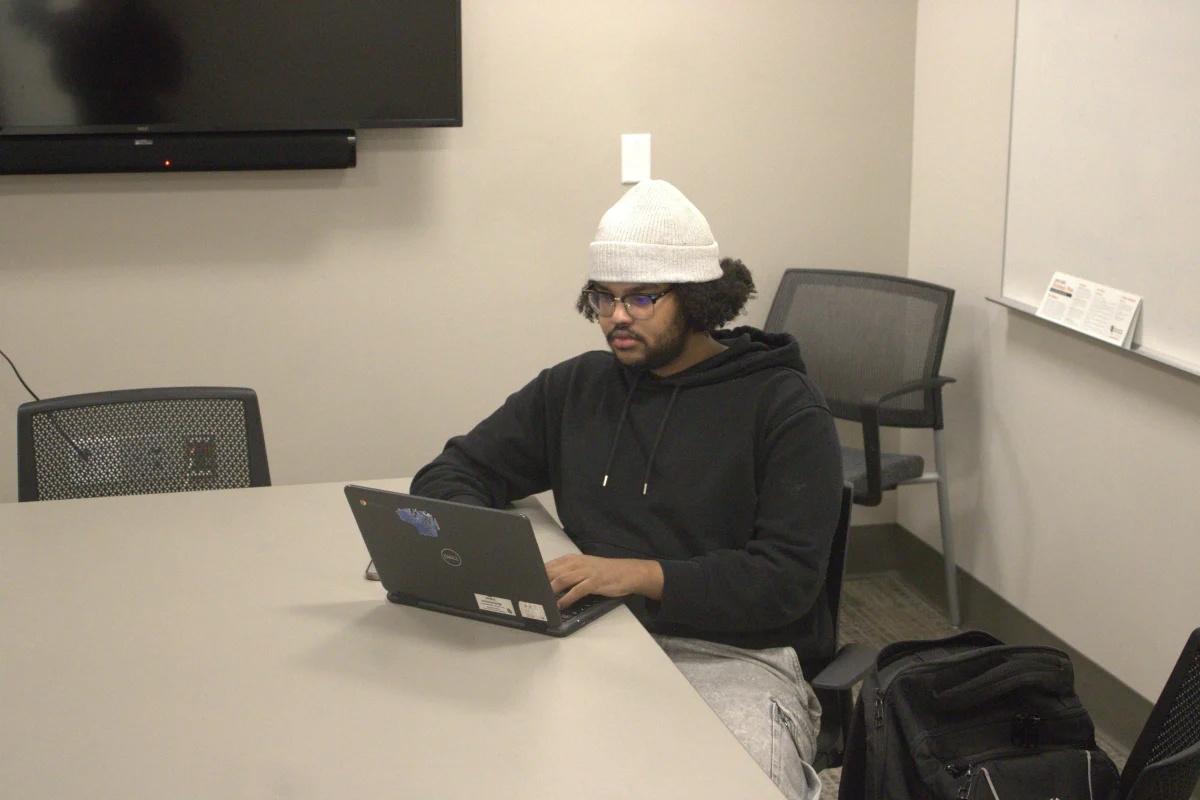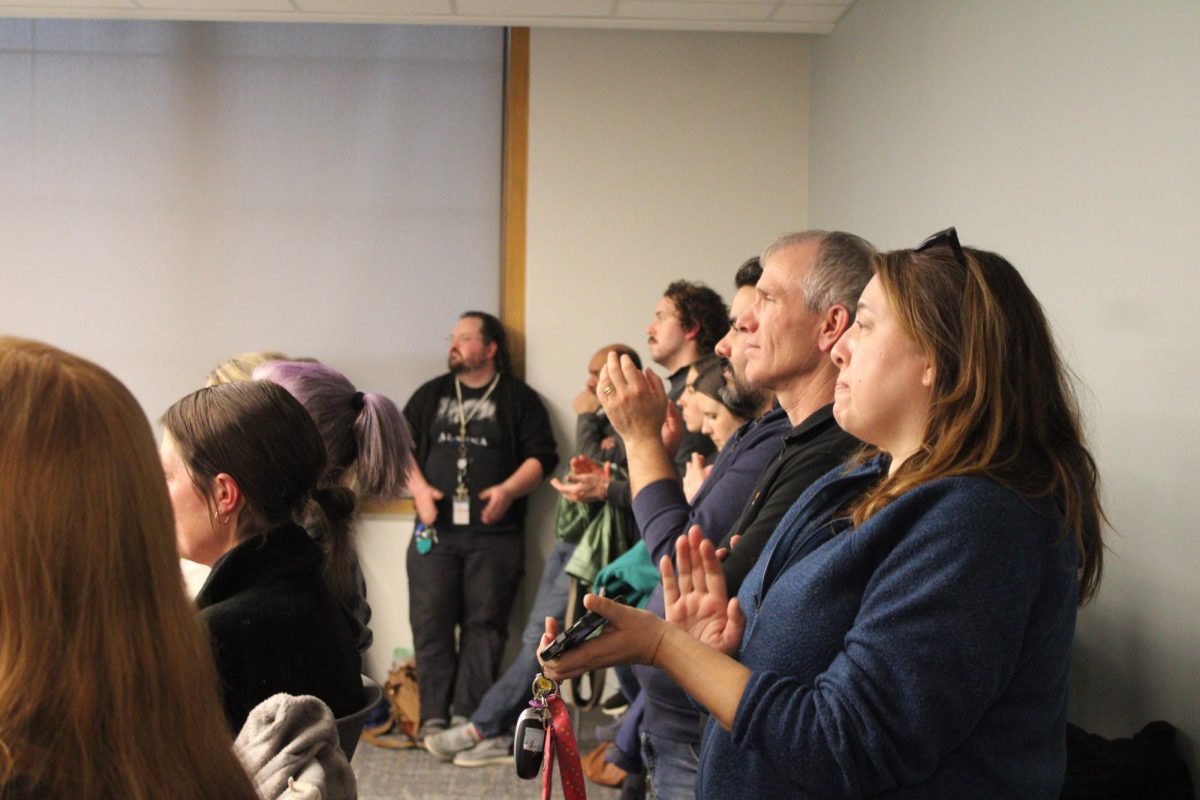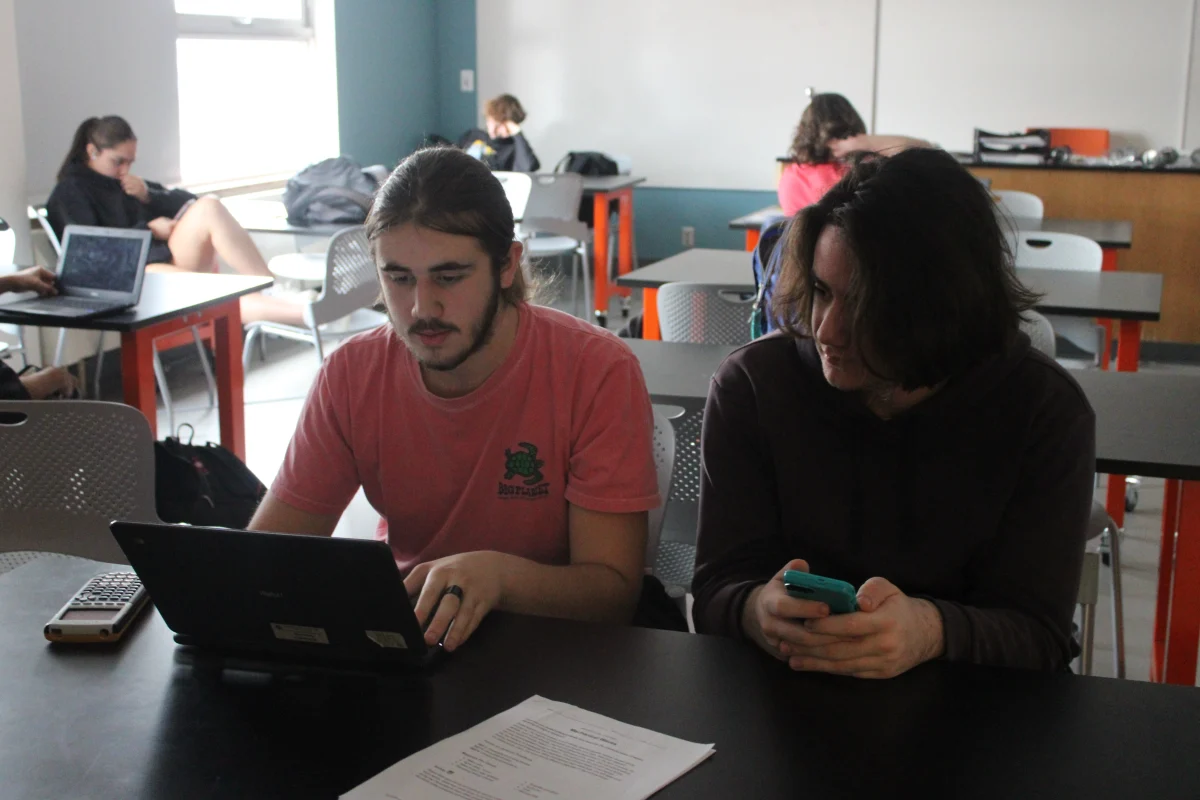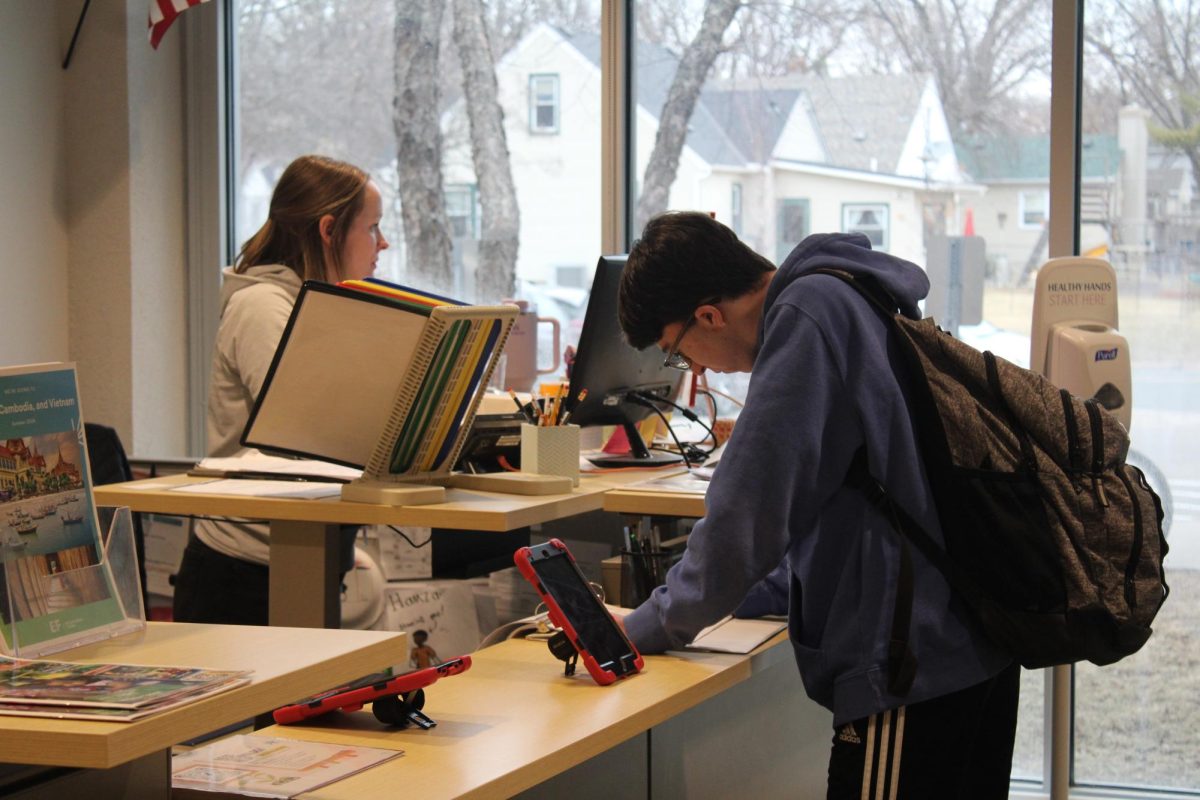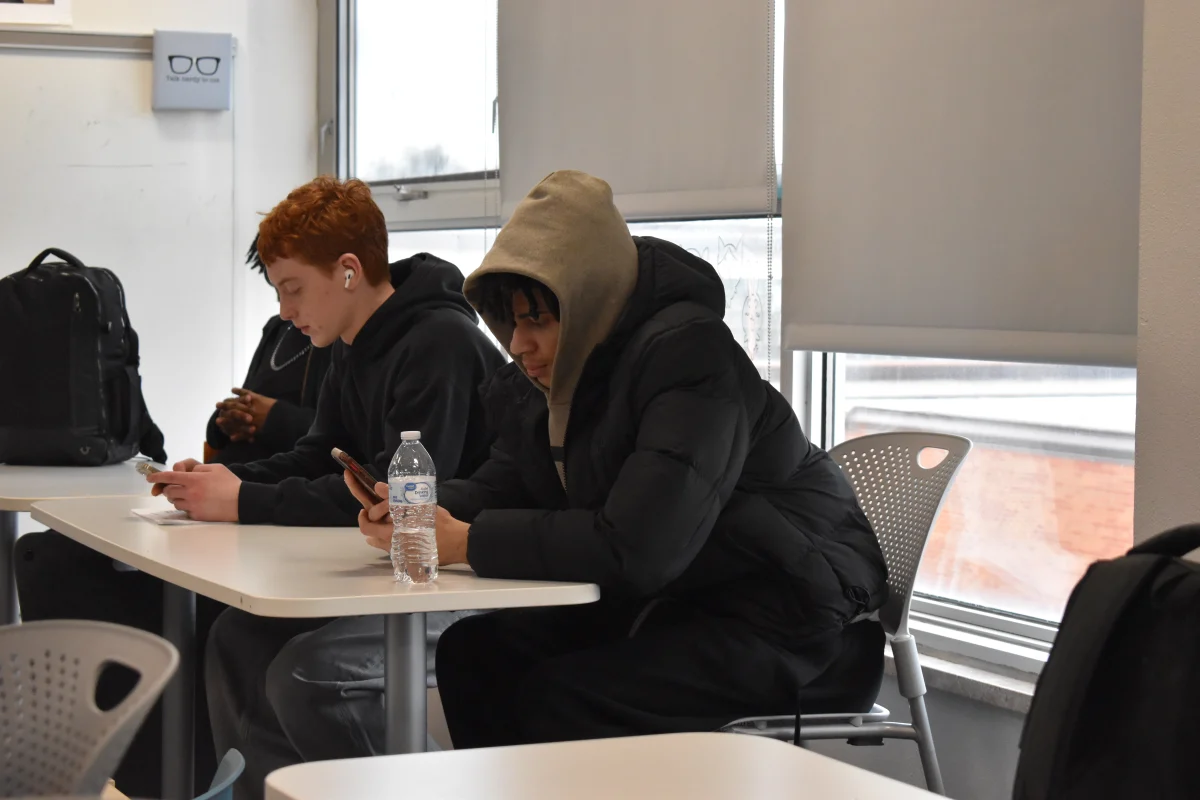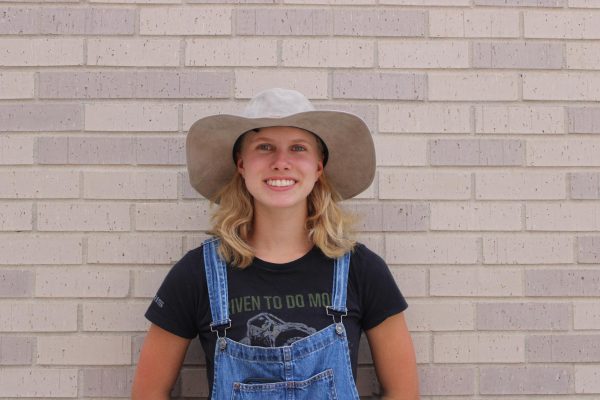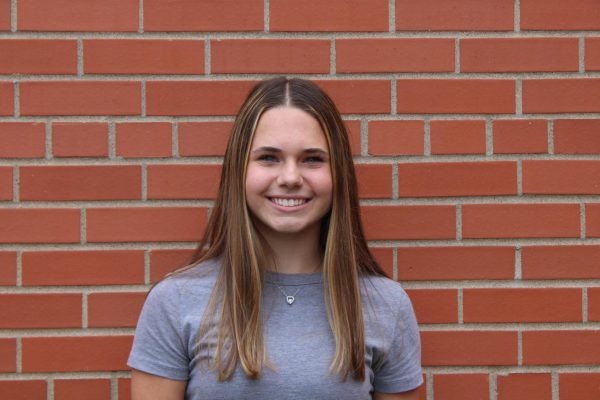The interest in microplastics and in studying their effects on the body is expanding, as is the interest in the science behind them. There is growing concern about what happens to the human body when they are consumed. Because of the recent Trader Joe’s recalls of their soup dumplings because of foreign objects (plastics) inside them, there is a spotlight on microplastics and plastic packaging.
According to current research assistant and graduate student at the University of Minnesota Mary Kosuth, plastics are typically synthetic and made of natural gasses like crude oil. She said there are many different types of plastics; one we see often is polyethylene, which might leak chemicals.
“Plastic is made of an artificial polymer typically made of fossil fuels like oil and coal,” said Kosuth. “Some plastics, like polyethylene, use plastic as a polymer, like a scaffolding for chemicals. The chemicals are not necessarily binded to the polymer, and this means that chemicals could be leaking out and contaminating the contents.”
Junior Sophia Mavis said she thinks prepackaged food is dangerous. According to her, if it can harm other organisms in our ecosystems and the habitat we depend on, then what’s to say it can’t have the same effects on us?
“Prepackaged food is really concerning,” said Mavis. “You see pictures of plastic in the ocean and what it does to marine life. It probably isn’t far off of what happens to the human body.”
Junior Abigail Oppegaard said she hopes for an alternative to plastics, anticipating that they will come out soon because there’s a huge interest in the science behind them.
“There’s a lot of interesting scientific developments in terms of bio plastics and such,” said Oppegaard. “I hope it will bring about an alternative to plastic; it’s hard to avoid.”
Kosuth said limiting microplastics is extremely hard. According to her, an individual’s actions hardly limit the amount of microplastics consumed, but avoiding single-use plastics is one of the few solutions that limits the amount of plastic ingested.
“The best way to limit the amount of microplastics that are consumed is not drinking out of plastic water bottles and using single-use plastics,” said Kosuth. “Other than that, it’s everywhere, and it’s almost impossible to avoid through individual behavior.”
According to Oppegaard, in America, almost everything is plastic. She said it’s basically impossible to avoid plastic products unless you have the resources to afford it.
“Unless you have a lot of money, it’s really hard to avoid prepackaged food, especially in America,” said Oppegaard. “Basically everything is packaged in plastic.”
Other than the price, supermarkets around us are not set up to have things packaged without plastic. Mavis said other than produce, the grocery stores don’t cater to the masses looking for non-plastic packaged foods.
“Besides avoiding plastic packaging being expensive to buy, there is very little — expensive or not — in a supermarket that isn’t prepackaged,” said Mavis. “Unless you are a high raw vegan, avoiding everything except produce, it’s pretty much impossible.”




